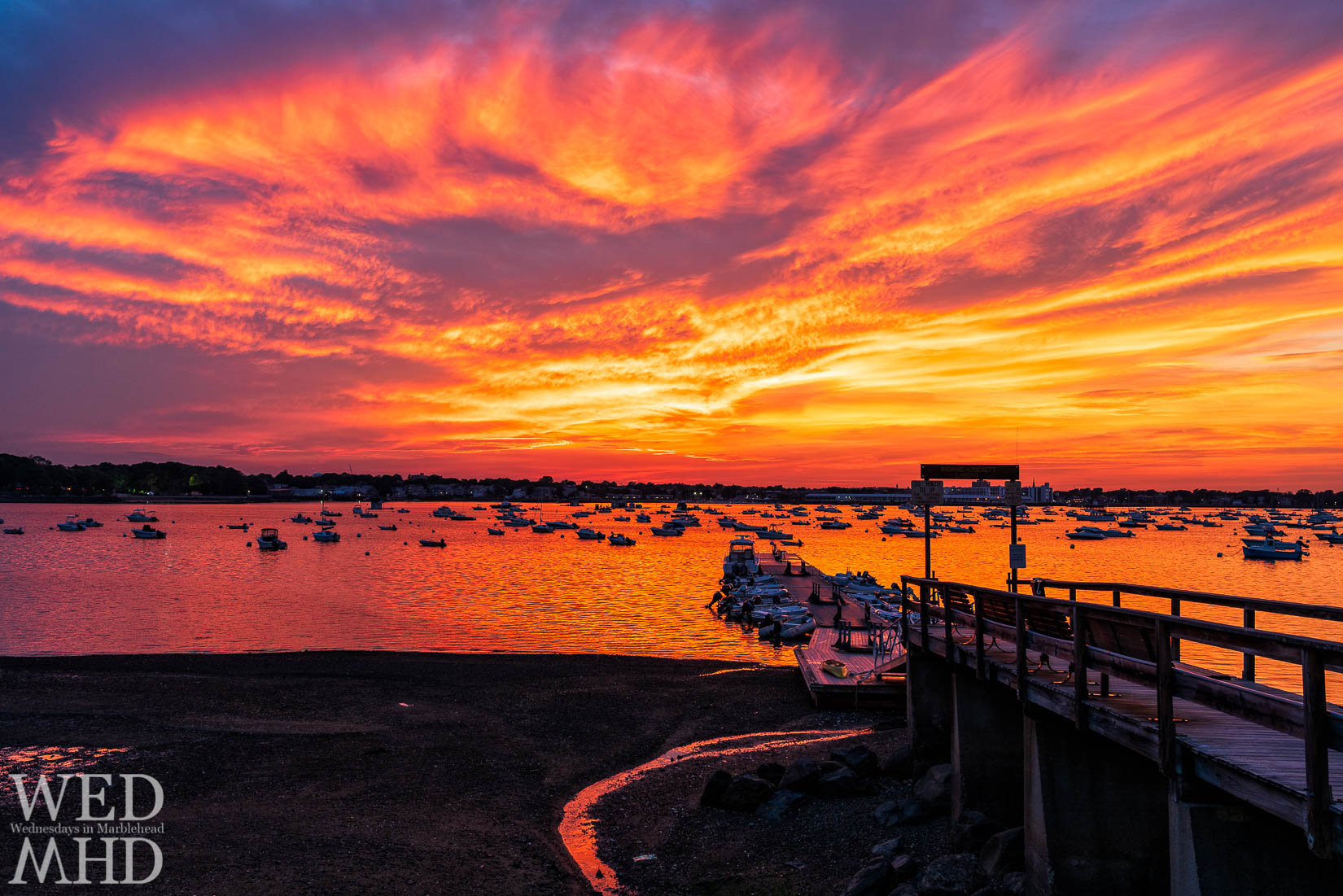
Light Detection and Ranging (LIDAR) measurements have fingered Raikoke’s 2019 eruption as the primary source for the sunset-boosting materials.

When powerful volcanic eruptions inject large amounts of ash or sulfur dioxide into Earth’s stratosphere, thin veils of dust or sulfuric acid droplets can linger for years, spreading over the entire globe. “The colors were so vivid it was hard to capture.” “Though I’m generally not a fan of man-made clouds, this was an exception,” de Boer said. “As the eye adapts to colors,” he said, “the purple was best seen when first looking in the other direction for half a minute.”Ĭlouds below the horizon also caused shadow gaps in the higher volcanic aerosol layer, creating crepuscular rays, against which were projected colorful contrail cirrus. “This could only be a volcanic sunset,” he thought, as the red glow combined with scattered blue light to create a mild purple hue. He made it just in time to watch the orange sky turn red.

That’s when a peculiar orange glow in the sky caused him to turn around. In September 2019, Michiel de Boer of the Netherlands was driving home after watching a “fairly uneventful sunset” from the coastal Dutch Dunes. And since their first known recording in 1553, they have inspired poets, artists, and skywatchers alike. These colors were created by sunlight interacting with gases injected into the Earth’s stratosphere by a potpourri of volcanic events: Ambae (July 2018, Vanuatu), Raikoke (June 2019, Russia), and Ulawun (July 2019, Papua New Guinea).

A year ago, Northern Hemisphere twilights became infused with incendiary glows capped with simmering purple sheens. Lucky are those who have seen Mother Nature paint Earth with fire during twilight.


 0 kommentar(er)
0 kommentar(er)
